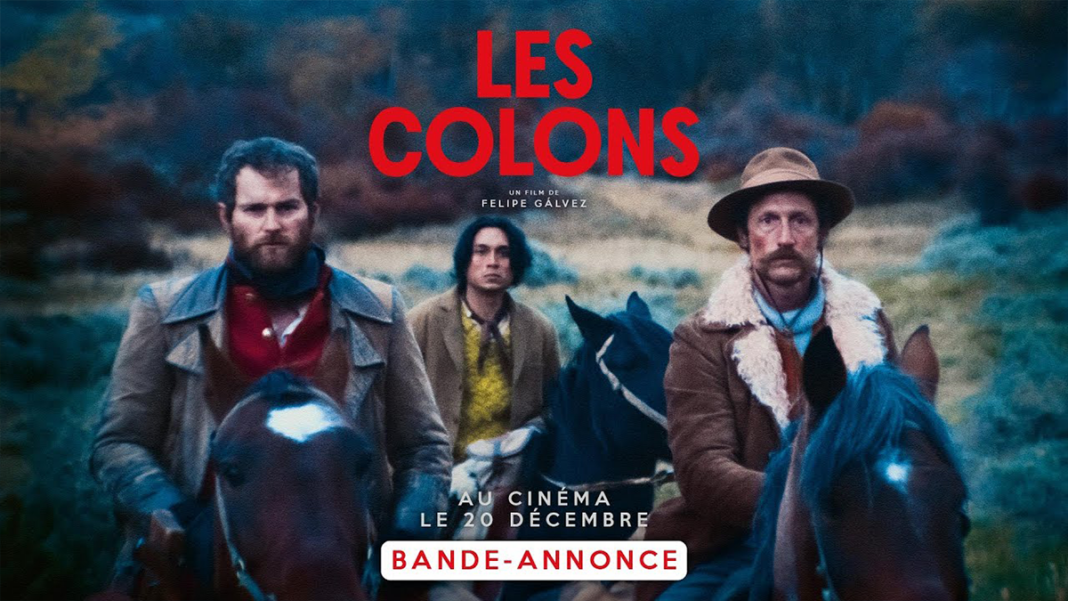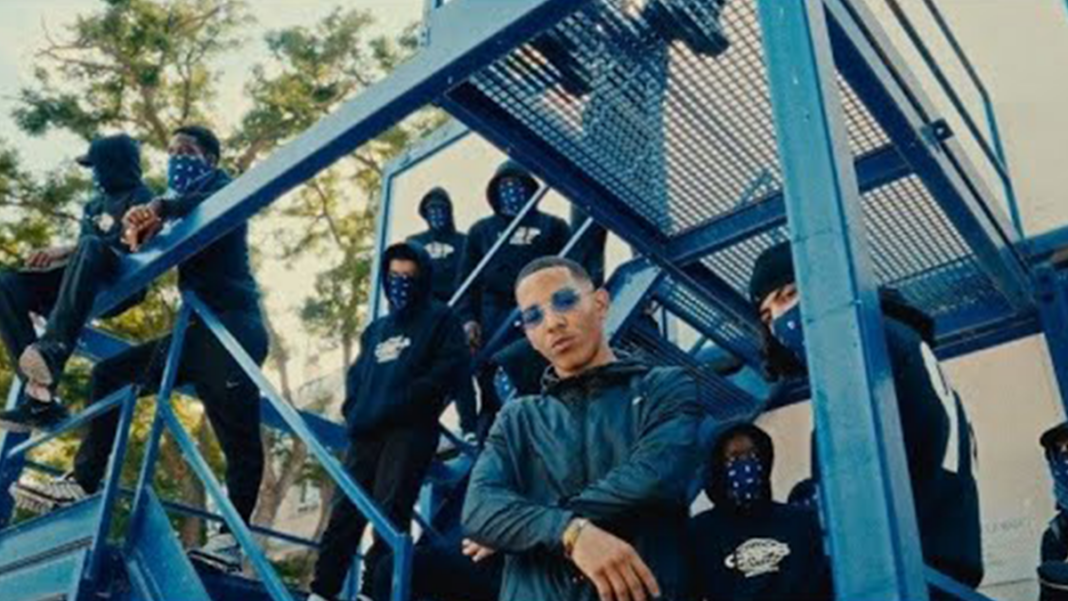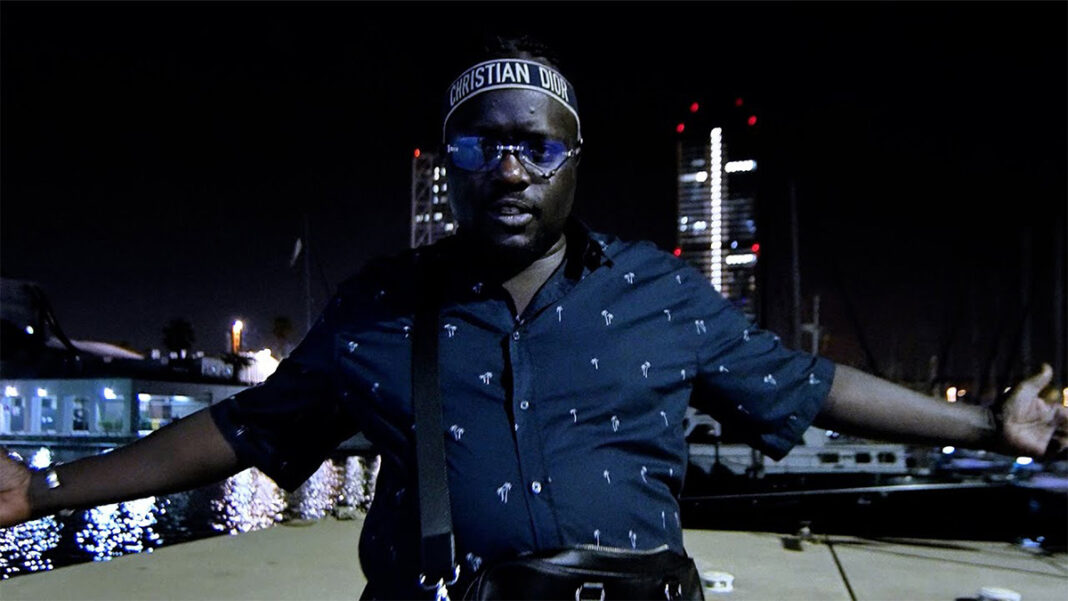The film begins with a heinous crime. In Chile, at the beginning of the last century, the white aristocracy was tasked with civilizing the country. Much like in African lands, this forced and illegitimate civilization resulted in the perpetration of appalling crimes. The debut film of Felipe Galvez Haberle revisits this dark chapter of Chilean history — a country that, to this day, has not reconciled with its past!
Les Colons: The aesthetics of horror by Felipe Galvez Haberle!
Throughout the film, and this is perhaps the most striking feature of this remarkable movie, Felipe Galvez Haberle highlights the grandeur and beauty of the Chilean countryside. Camera movements are sparse. His film is a succession of magnificent tableaux, with warm and burning cinematography, reflecting the fiery subject matter.
In this era of colonization, a wealthy landowner hires a former soldier, a revolting man whom the natives refer to as a pig, to eradicate the indigenous population that is preventing him from accessing his lands on the Atlantic coast. The former soldier is assisted by a Texan cowboy and a mixed-race Indian.
Mark Stanley, in his role as the monster, is simply regal. Cold, robotic in the face of horror, and without overacting, he perfectly embodies a generation of criminals.
Between dreamlike landscapes and the complete inhumanity of the colonists toward the natives, with the juxtaposition of horrific scenes and enchanting landscapes, the contrast highlighted by Felipe Galvez Haberle heightens the horror of colonization. The condition of the Indians, seen more as animals than as humans by the colonists, is appalling.
During this journey between the Chilean and Argentine borders, we encounter a former colonel who has completely lost his grip on reality, much like the guru in Apocalypse Now, along with other bizarre characters, dehumanized by years of cruelty.
By the end of the film, as the revolution approaches, the justifications offered by each character, in the face of their horrendous crimes, explain nothing.


